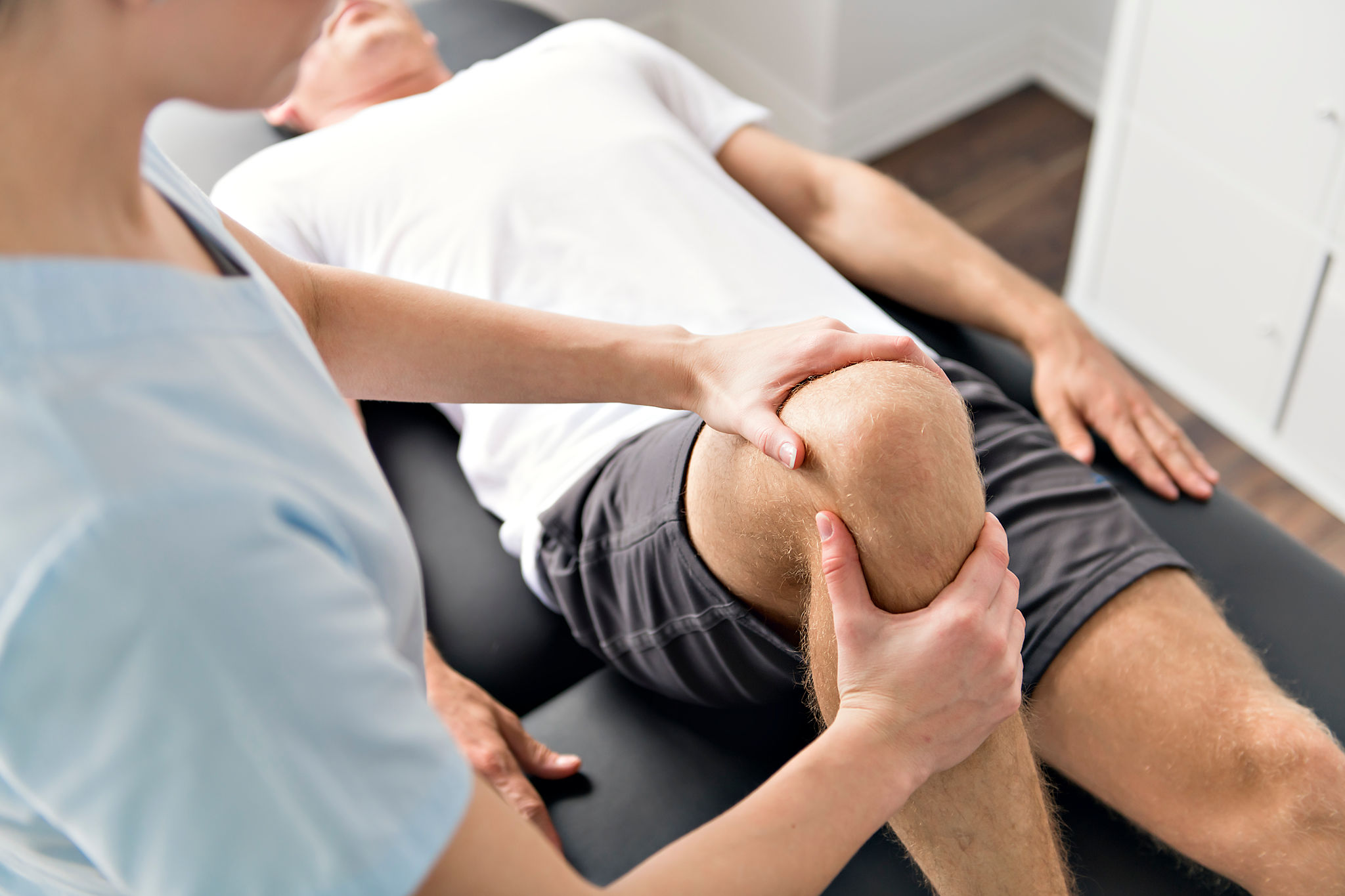The Role of Dry Needling in Accelerating Sports Injury Recovery
DS
Understanding Dry Needling
Dry needling is a therapeutic technique that involves inserting thin, filiform needles into the skin to target myofascial trigger points, muscular tissue, and connective tissues. This is often used by physical therapists to reduce pain, increase range of motion, and improve muscle function. While it might sound similar to acupuncture, dry needling is based on modern Western medicine principles and research, particularly in the field of musculoskeletal and neuromuscular systems.

How Dry Needling Enhances Recovery
Dry needling plays a significant role in accelerating recovery from sports injuries by addressing muscle tightness and pain. When a needle is inserted into a trigger point, it can help release tension, promote blood flow, and encourage natural healing processes. This can lead to a faster reduction in muscle soreness and improved flexibility, allowing athletes to return to their sports activities more quickly.
Moreover, dry needling can effectively treat conditions such as tennis elbow, plantar fasciitis, and rotator cuff injuries. By targeting specific areas of discomfort and dysfunction, this therapy helps athletes regain strength and enhance performance.

Benefits of Dry Needling for Athletes
There are several benefits of incorporating dry needling into an athlete's recovery regimen:
- Pain Relief: Dry needling can provide immediate pain relief by disrupting the pain signals being sent to the brain.
- Improved Mobility: By alleviating muscle tightness, athletes can experience increased flexibility and range of motion.
- Enhanced Muscle Function: Targeting dysfunctional muscles helps in restoring proper muscle function and balance.
The Science Behind Dry Needling
The mechanism of dry needling involves stimulating the body’s natural healing processes. When a needle is inserted into a trigger point or muscle knot, it creates a micro-lesion. This action prompts the body to send blood and healing agents to the area, reducing inflammation and promoting tissue repair. Furthermore, the mechanical stimulation of the needle can modulate the nervous system’s response, providing pain relief and muscle relaxation.

Considerations and Safety
Although dry needling is generally considered safe when performed by trained professionals, it is essential to be aware of certain considerations. Some individuals may experience soreness or bruising at the needle insertion site. It is crucial to consult a qualified practitioner who can assess your specific condition and determine the appropriate treatment strategy.
For athletes considering dry needling as part of their recovery plan, it's important to integrate it with other rehabilitation techniques such as physical therapy exercises, stretching, and proper rest.
Combining Dry Needling with Other Therapies
To maximize recovery and performance, dry needling is often combined with other therapeutic interventions. Techniques such as massage therapy, chiropractic care, and targeted exercise programs can complement the effects of dry needling, providing a holistic approach to injury rehabilitation. By creating a comprehensive treatment plan, athletes can achieve optimal results and reduce the risk of re-injury.

Conclusion
Incorporating dry needling into sports injury recovery plans offers a promising approach for athletes aiming for a swift return to their activities. By effectively addressing pain and muscle dysfunction, dry needling helps enhance overall athletic performance. As with any treatment, it is essential to work closely with healthcare professionals to tailor interventions to individual needs and ensure safe practice.
